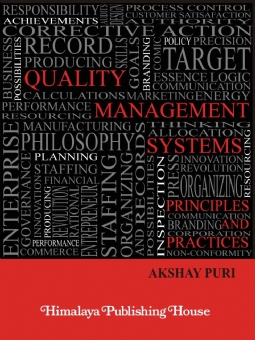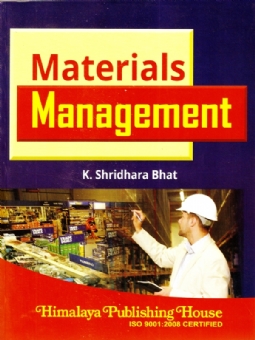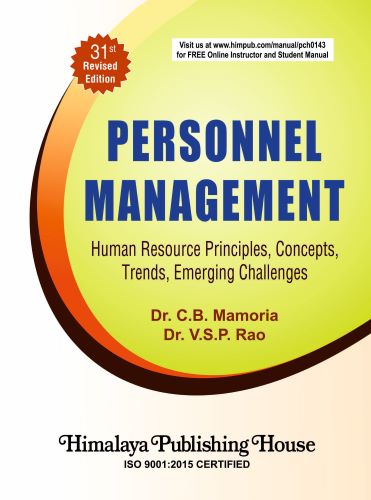This book is intended basically for two types of readers. The first are the quality professionals-the people. who are entrusted with the responsibility of setting up a robust management system, and administering the system, so that it results in good business performance and helps to build the business in the long-term, as well as those auditing such systems. The other type of readers are those who are studying business management in institutions with the aim of graduating in them and may not have any previous work experience. The language used throughout is simple English, that is easy to understand.
The book is written with three aims in view. Each aim focuses on a particular aspect and explains how that aspect is dealt, therefore this book is made up of three parts. The first part is to help people understand the basic requirements of a management system based on ISO 9001:2008 explained clause-by-clause.
Each page begins with a clause which is `boxed in` to differentiate it from the explanatory text that follows the clause. Immediately after the clause is the `OBJECTIVE` which gives the purpose behind the particular clause. This is followed by an `EXPLANATION` of the requirements contained in the clause. `ACTION` follows next with a view to advise the reader what needs to be done to meet the requirements of the clause. Lastly, the management system terms used in the clause are explained in simple English under the head `HELP WITH JARGON`.
The second part shows how to develop, establish and document one`s own management system based on these requirements, as applied to the particular business. This part contains examples of text that can be written in the organisation`s management systems manual as well as related procedures. Appendices to this part contain a sample manual as well as samples of mandatory management system procedures and process procedures.
The third part explains the use of techniques that can be applied to solve problems and evolve continual improvement in any business. It contains simple examples that employ the techniques described. The purpose being to give the reader the confidence to apply these techniques in their business, improve performance and build the business.
Suggestions to improve this book, to better meet the aims for which it is written, will be most welcome and acknowledged individually.







